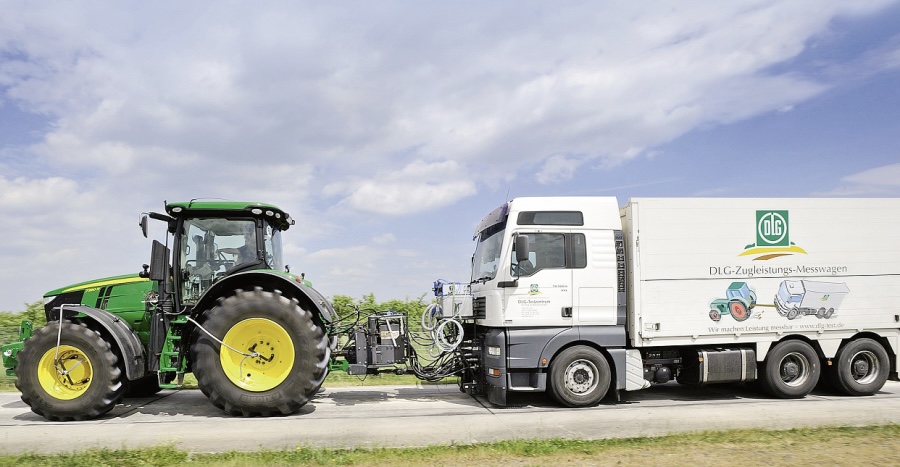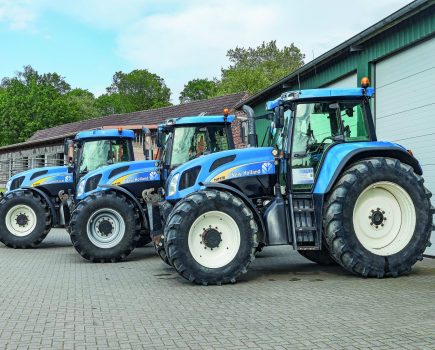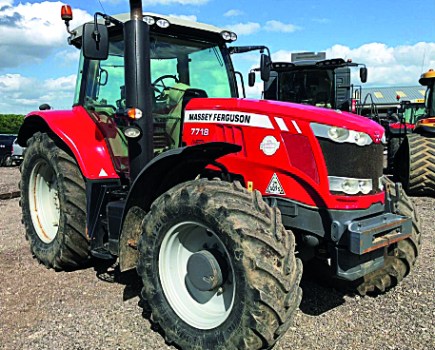“The tractors that are put through the profi Powermix test are obviously tweaked by their manufacturers and are not representative.” This is a comment we hear time and again, not just from machine owners but also from rival tractor makers about the regular profi tractor tests. So we thought we should put an end to any doubt that editorial integrity is at the very core of profi’s being. It’s our raison d’être.
We launched a lengthy project to see if onfarm tractors could achieve the same results as previously tested tractors. To do this we found three tractor owners who were willing to lend us their machines for a week so
we could bring them to the DLG test centre and put them through the exact same tests as we had already done with a trio of manufacturer-supplied models to verify the test data. The manufacturers were oblivious to the project, and we were as keen to see the results as you are.
First, some background: profi test tractors usually come direct from the manufacturer or the distributor. As you would expect the people involved want their tractor to shine and will have their engineers go through the proposed test machine to make sure it is fighting fit.
Where we draw the line is at any manipulation of the machine’s performance, so over the years we’ve put in place a number of checking procedures, which are applied to the exhaust emission testing. Nevertheless
it was specifically the Powermix measurements that have come under scrutiny, people maintaining that there was something odd with the results. To see whether such comments are justified we made the decision to select three tractors that are equivalent to models recently featured in the mag:
■ Claas Axion 850 (profi 05/2015)
■ Fendt Vario 828 (profi 04/2015)
■ John Deere 7290R (profi 02/2015)
For more up-to-date farming news and reviews click here and subscribe now to profi for just £3.99 an issue.






